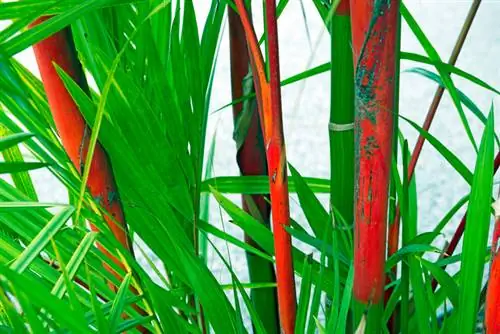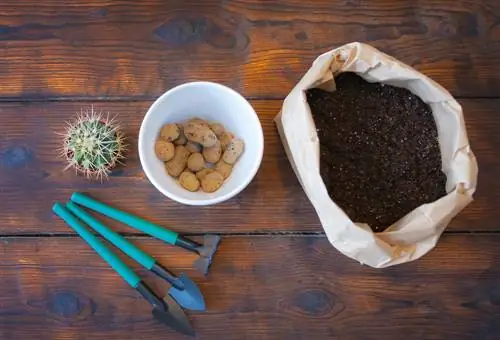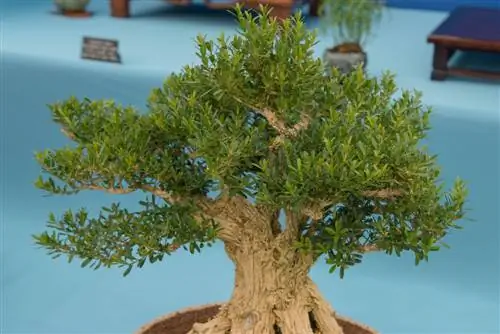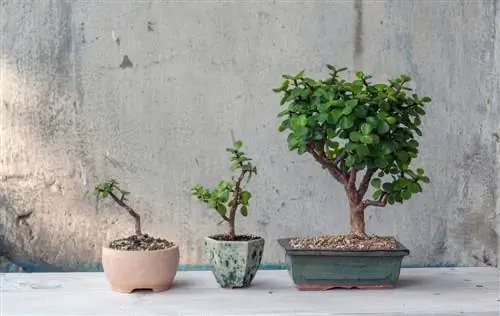- Author admin [email protected].
- Public 2023-12-16 16:46.
- Last modified 2025-01-23 11:21.
Would you have thought that the otherwise huge willows would also be ideal for bonsai cultivation? No? Then here comes the proof. With a little leisure to cut the vigorous tree regularly, you can create a very special kind of bonsai. Here you will find important tips for care.
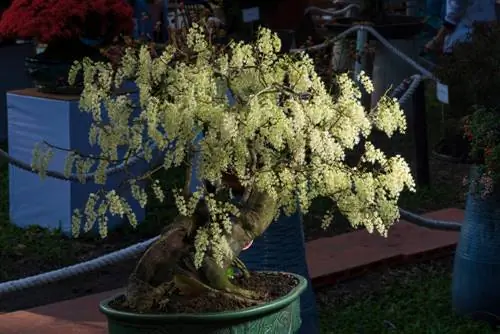
How do I care for a willow bonsai?
A willow bonsai requires careful care, including a partially shaded location in summer, regular watering, fertilization every two weeks, regular cutting back of the shoots and, if necessary, wiring. Repotting is required at least once a year.
Suitable pasture species and their characteristics
- the weeping willow, long hanging branches
- the Swiss willow, has yellow catkins, grey-green leaves above and white felty leaves below
- the purple willow, dense, spherical growth with reddish branches
- the creeping willow, dense growth, white-gray leaves, very low growth
- the dwarf willow, deep green leaves on shiny, red branches
Care
Location
In summer, your willow belongs in partial shade as a bonsai. In winter, however, it can also tolerate direct sun as long as it only shines at low intensity for a few hours. Bonsai willows are frost-resistant down to -3°C. Nevertheless, you should take measures against the cold.
Pouring
Bonsai willows need regular water. Never allow the substrate to dry out completely. On very hot days, it is best to place your bonsai in a bowl of water for a few hours.
Fertilize
After the leaves have sprouted, fertilize your bonsai pasture every other week with liquid fertilizer (€4.00 on Amazon) or a fertilizer cone. From September onwards, allow the tree a recovery phase.
Cutting
- remove all shoots up to the trunk in winter
- Prune shoots regularly to two or three buds
- Consistently remove new shoots
Tip
The following bonsai shapes are suitable for the design:
- the freely upright form
- the double trunk
- Multiple strains
- Cascades
- Half cascades
- Saikei
Wiring
To give the bonsai a shape, you can work with wire from June onwards. It is important that you remove the support in winter so that it does not grow in. However, you can wire older branches with tension wire in the spring.
Repotting
Due to the rapid growth, which also includes root formation, you may even have to repot your bonsai willow twice a year. Spring is best when the first buds appear.


